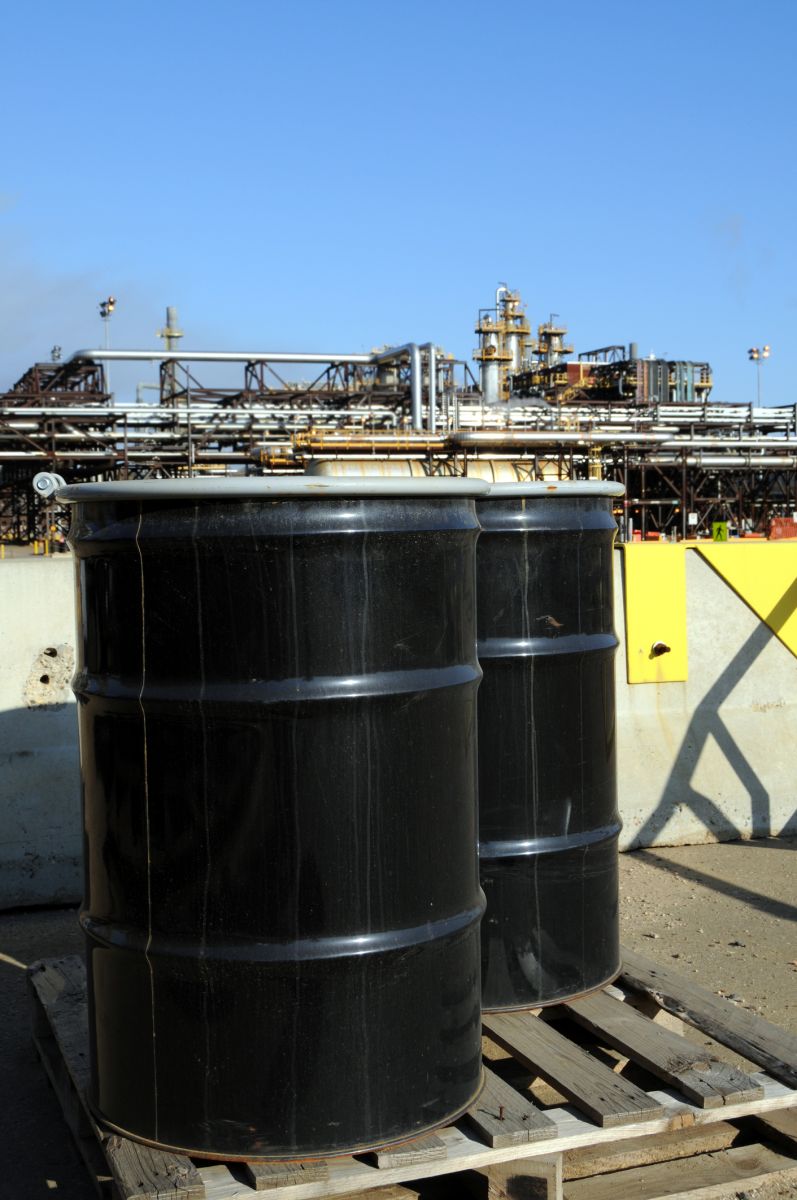
Nov WTI crude oil (CLX24) today is down -3.741 (-5.07%), and Nov RBOB gasoline (RBX24) is down -8.97 (-4.25%).
Crude oil and gasoline prices today are sharply lower, with crude falling to a 2-week low and gasoline sliding to a 1-1/2 week low. Crude prices are sinking today on a report that said Israel may avoid targeting Iran's crude infrastructure when it retaliates against Iran for its October 1 missile attack on Israel.
Crude prices sank today after the Washington Post reported that Israeli Prime Minister Netanyahu told the Biden administration he is willing to strike military rather than oil or nuclear facilities in Iran.
Today's global economic news was mixed for energy demand and crude prices. On the bearish side, the US Oct Empire manufacturing survey of general business conditions fell -23.6 to a 5-month low of -11.9, weaker than expectations of 3.6. Conversely, Eurozone Aug industrial production rose +1.8% m/m, the largest increase in 1-1/2 years. Also, the German Oct ZEW survey expectations of economic growth rose +9.5 to 13.1, stronger than expectations of 10.0.
Crude prices have support from the likelihood that Israel will retaliate against Iran for its missile attack on Israel on October 1, which could further escalate hostilities in the Middle East. JPMorgan Chase said that given the low level of global oil inventories, the odds favor a sustained geopolitical premium in crude prices until the conflict between Israel and Iran is resolved.
An increase in crude oil held worldwide on tankers is bearish for prices. Vortexa reported Monday that crude oil stored on tankers that have been stationary for at least seven days rose by +24% w/w to 58.58 million bbl in the week ended October 11.
A bearish factor for crude oil is ramped-up crude output in Libya after the resolution of a political standoff that had curbed the country's crude production and exports. Libya's National Oil Corp said last Tuesday that Libya's crude production rose to 1.13 million bpd, the most in two months, which boosts global crude supplies.
Crude prices found support after OPEC+ on September 5 agreed to pause its scheduled crude production hike of 180,000 bpd in October and November due to recent weakness in crude prices and signs of fragile global energy demand. However, the Financial Times reported on September 26 that Saudi Arabia is ready to abandon its unofficial oil price target of $100 a barrel to regain its market share and is committed to returning its crude production as planned on December 1.
A decline in Russian crude exports is supportive of crude. Weekly vessel-tracking data from Bloomberg showed Russian crude exports fell by -370,000 bpd to 3.37 million bpd in the week to October 6. Also, Russia's Energy Ministry reported last Wednesday that Russia's Sep crude production was 8.97 million bpd, down -13,000 bpd from Aug and just below the 8.98 million bpd output target it agreed to with OPEC+.
Last Wednesday's EIA report showed that (1) US crude oil inventories as of October 4 were -4.0% below the seasonal 5-year average, (2) gasoline inventories were -3.7% below the seasonal 5-year average, and (3) distillate inventories were -9.0% below the 5-year seasonal average. US crude oil production in the week ending October 4 rose +0.8% w/w to 13.4 million bpd, tying the record high from the week of August 16.
Baker Hughes reported last Friday that active US oil rigs in the week ending October 11 rose by +2 rigs to 481 rigs, just above the 2-1/2 year low of 477 rigs posted in the week ending July 19. The number of US oil rigs has fallen over the past year from the 4-year high of 627 rigs posted in December 2022.
On the date of publication, Rich Asplund did not have (either directly or indirectly) positions in any of the securities mentioned in this article. All information and data in this article is solely for informational purposes. For more information please view the Barchart Disclosure Policy here.






